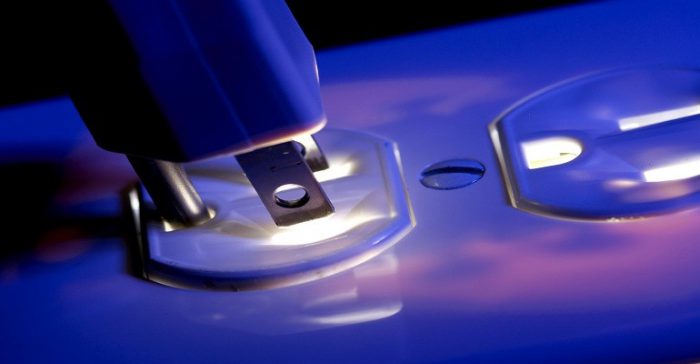Dan Pidgeon, ERS, for Zondits
With a lot of focus on green buildings and energy efficiency upgrades such as lighting and HVAC, plug loads now account for a much greater percentage of building energy use. A typical office building can expect plug loads to make up 25% of the total electrical load. However, in an ultra-efficient office building, plug loads are typically one of the energy sources left out of the upgrade equation and can account for more than 50% of the total electrical load. As offices, homes, businesses, schools, and hospitals continue to focus on infrastructure upgrades, plug loads will continually increase to, and over, 50% of the total electrical load. That said, there are simple yet effective ways to reduce this number to make your building as efficient as possible.
Unplug devices you’re not using: Anything that’s plugged in is drawing power even if it’s turned off. Unplugging items that aren’t in use is the easiest way to see marginal decreases in plug load use.
Power strips (with switches): Power strips are a great way to plug in your appliances. You can plug in three or four devices at once; for example, a power strip in a bedroom can accommodate a phone charger, bedside lamp, and laptop adapter. At a simple flick of a switch on the power strip itself, these three devices no longer draw electricity. Also, there are timer and load-sensing power strips that can automatically turn off when they are not in use. A recent study in office spaces showed that timer power strips result in 44% energy savings and load-sensing power strips result in 15% energy savings. This takes human error out of the equation and is a good strategy for businesses and office space (i.e., buildings that have consistent hours).
In addition, power strips are commonly out in the open more so than a wall outlet. If an outlet is inconveniently located – say, behind a bed or sofa, then having the power strip where it’s easy to reach is convenient.
Timers: The addition of timers to office space, or other areas that have very specific hours of operation, is another great approach to reduce your electric bill. The same recent study previously mentioned showed that break room and work room timers result in 46% and 50% energy savings, respectively. Timers can have a significant role in bill reduction.
Computer power management (CPM): Computer power management is another great electrical saving tool that offices can implement. A study tested CPM settings in five offices, which resulted in an average savings of almost 30% compared to the baseline kWh usage. In addition, CPM settings are one of the most cost-effective ways to reduce electrical plug load with a short payback time of less than 2 years.
Consider using ENERGY STAR products: ENERGY STAR products are a long-term lucrative investment opportunity. These appliances are energy-efficient products that have a lower standby power than non-ENERGY STAR alternatives. Despite the recent news surrounding the uncertainty of the ENERGY STAR program, there are still tax credits to be had, and so the appliances pay for themselves even more quickly. This graphic highlights some information from the U.S. EPA:

[bctt tweet=”ENERGY STAR products are a long-term lucrative investment opportunity. @ENERGYSTAR” username=”ZonditsEE”]
Laptops vs. desktop computers: Although this decision is largely made for productivity reasons, there are large energy savings to be had when switching from desktop computers to laptops. This is also very dependent on the industry. For example, architecture and engineering firms that were studied show baseline kWh for desktop computers to be six times the kWh for laptops. However, county offices, real estate, product development, and city public works are all industries where the studied companies had either more kWh for laptops or equal kWh. These companies had on average about 100‒125 kWh of energy consumption, whereas the architecture and engineering firms (the firms with the most desktop computers) had 550‒600 kWh computer energy consumption. The study found that switching from the average desktop computer to the average laptop saves about 33 kWh/year. This may not seem like a lot of energy, but imagine scaling this up to multiple companies.
Despite these electrical improvements, it is still all about the data. Gathering the data that can provide the insight into this manageable expense is most often the limiting factor in the process of improving plug load efficiency. Billing data can be helpful, but the data can be over 60 days old – an unfortunate time lag. Buildings with energy management systems (EMSs) are able to access interval meter data essentially in real-time. Green Button is a great resource to access this real-time data for large, multi-site companies that may have complex data needs. Once the inefficient areas are noted, an efficient standard can be put into place to start saving!

